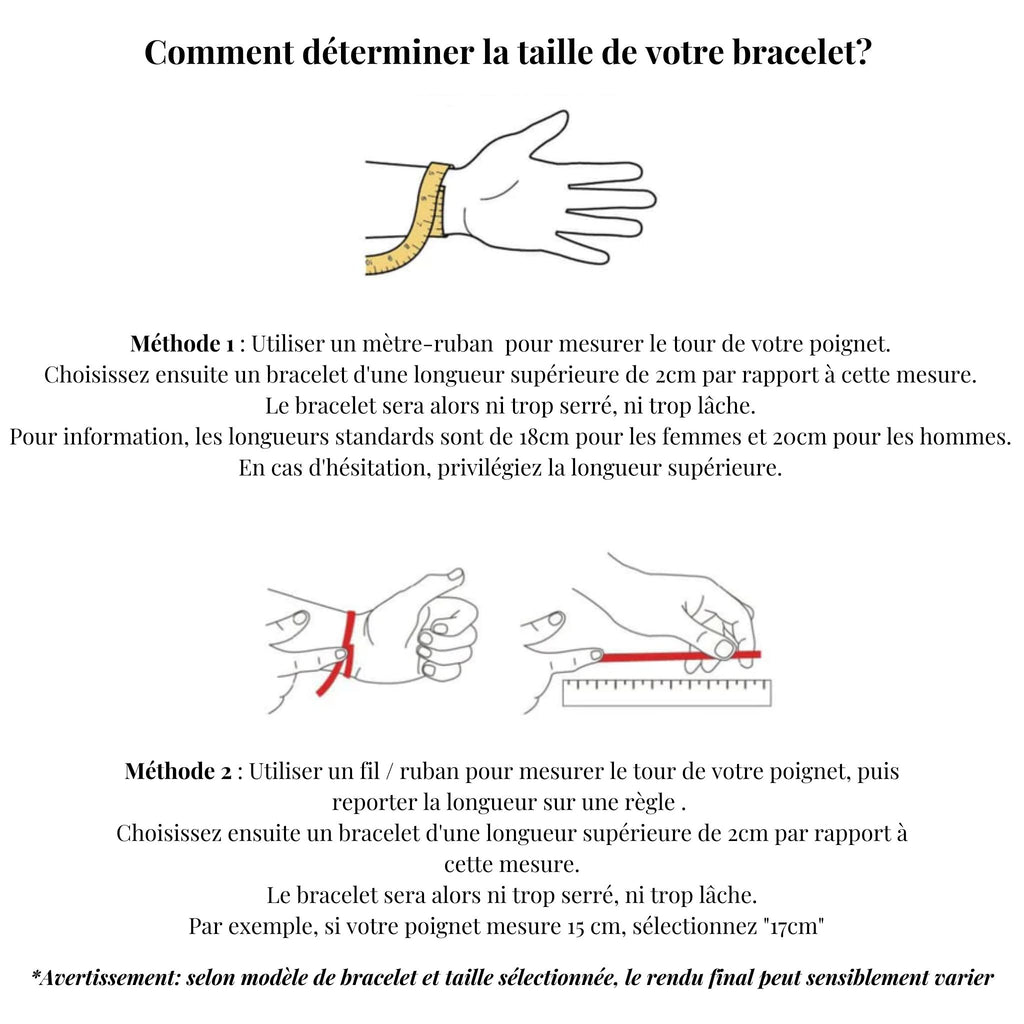Why is it so difficult to find ethical stones?
Facing the Dark Side of the Healing Stone Industry
Most of us buy healing crystals because we want peace, love and healing. We want to be filled with LIGHT and we try to avoid dwelling on the darker aspects of life. When it comes to the environmental and social impact of the mining industry, frankly, most of us have never thought about it. We would even try to avoid the question!
We imagine that our crystals come to us directly from Mother Earth and that they have been handled with reverence and care every step of their journey. We don't think about child labor, poisoned rivers or unscrupulous sellers. We “trust our sources” and never question whether we should do this or not. We blissfully divide the world in a Manichean way, into “good and evil,” and avoid uncomfortable shades of gray. We may have heard of blood diamonds and conflict-free diamonds. But how many people wonder if the same moral questions apply to our healing stones?
Let's be honest - we don't usually think about it. Instead, we buy what we find beautiful, what we find powerful, what we can afford. Then we take it home, use sunlight, water, sage and reiki to "cleanse the energy" and that's it. This is true for casual consumers, but also for most leaders, teachers, healers and business owners in the healing stone industry. This is THE subject that no one wants to talk about.
Why can't we just buy "clean" crystals ?
Outside of a few quality gemstones, like conflict-free diamonds, there is no equivalent to fair trade or organic labels that help store owners and consumers make wise purchases. In fact, as a whole, the gem and mineral industry is remarkably vague about the origin of the stones and the conditions of extraction. Occasionally, stones are labeled with a country of origin, but the actual mine is rarely mentioned. Without detailed independent research, it is impossible to know whether this mine or country is following best practices. Think about a few questions for a moment and you will quickly understand the difficulty inherent in mindful sourcing.
For example, if you hear that a piece of jade comes from “Burma,” does that sound exotic and desirable? Or did you know that Burma was renamed Myanmar almost 30 years ago, has been plagued by civil wars for decades, and its mining industry has been cited for horrific human rights abuses? man ? So why is Burmese jade still called “Burmese jade”? Could it be because jade from Burma sells better than jade from Myanmar?
If you hear that an agate comes from Botswana, do you imagine a third world African country with lax environmental laws? Or did you know that Botswana is one of the few countries with environmentally friendly mining practices?
If a stone comes from "Russia", where exactly is it located in a nation that covers 6.6 million square kilometers?

If a polished healing stone was "made in China", that only means that it was polished there. The raw material for the stone could have been mined in China, Mozambique, the United States, or literally anywhere else. Determining the country of origin involves making a list of the regions where this stone is naturally found and comparing specimens until you find something that "looks like." A mineral like rhodonite is different depending on whether it is found in Russia, Peru or Madagascar. High quality clear quartz looks the same everywhere.
Many crystal sellers claim to know where their crystals come from. Does this mean they know which mine the stones came from? Or just the country of origin? Or maybe they just know where the polishing factory is? Did they buy from a wholesaler who bought directly from the polishing factory? Or did the stone pass from wholesaler to wholesaler numerous times before ending up in the hand of the end customer?
Beyond the difficulty of controlling the path of any stone, there are also moral issues to consider. For example, if a healing crystal, such as malachite or turquoise, is a byproduct of a large industrial copper mine with a poor environmental record, is it OK to purchase the healing stone because " would the mine exist anyway? Is there a "right" answer? Can the answer change over time?
It's so much easier to say that the stones come from Mother Earth and that we "trust our sources"!
There are 3 possibilities for conscious sourcing
- Literally owning mine and being a very aware person.
- Trust your sources, cross your fingers, and ignore anything that makes you uncomfortable.
- Research in detail the geology and mineralogy, mining and lapidary practices of each region, and the current socio-economic and political situation. Wrestle with ambiguous moral questions.

At Shivshakti, I am gradually tending to follow this third option. I want to devote a significant amount of time and energy to tracing the origins of stones and establishing business relationships with mines that conduct their business with integrity and sensitivity. I am well aware that this is a lifelong endeavor. It’s a labor of love that goes beyond normal business.
Healing Stones SHOULD be clean and they CAN be. But the only way to do that is to have frank conversations about sourcing and use our funds in ways that support our values. As a Shivshakti owner, I love healing stones and believe in love, peace and healing. That's why I'm ready to explore and talk about the dark side of mining and healing stones, so that ultimately, you have healing stones that truly come from a conscious source.















